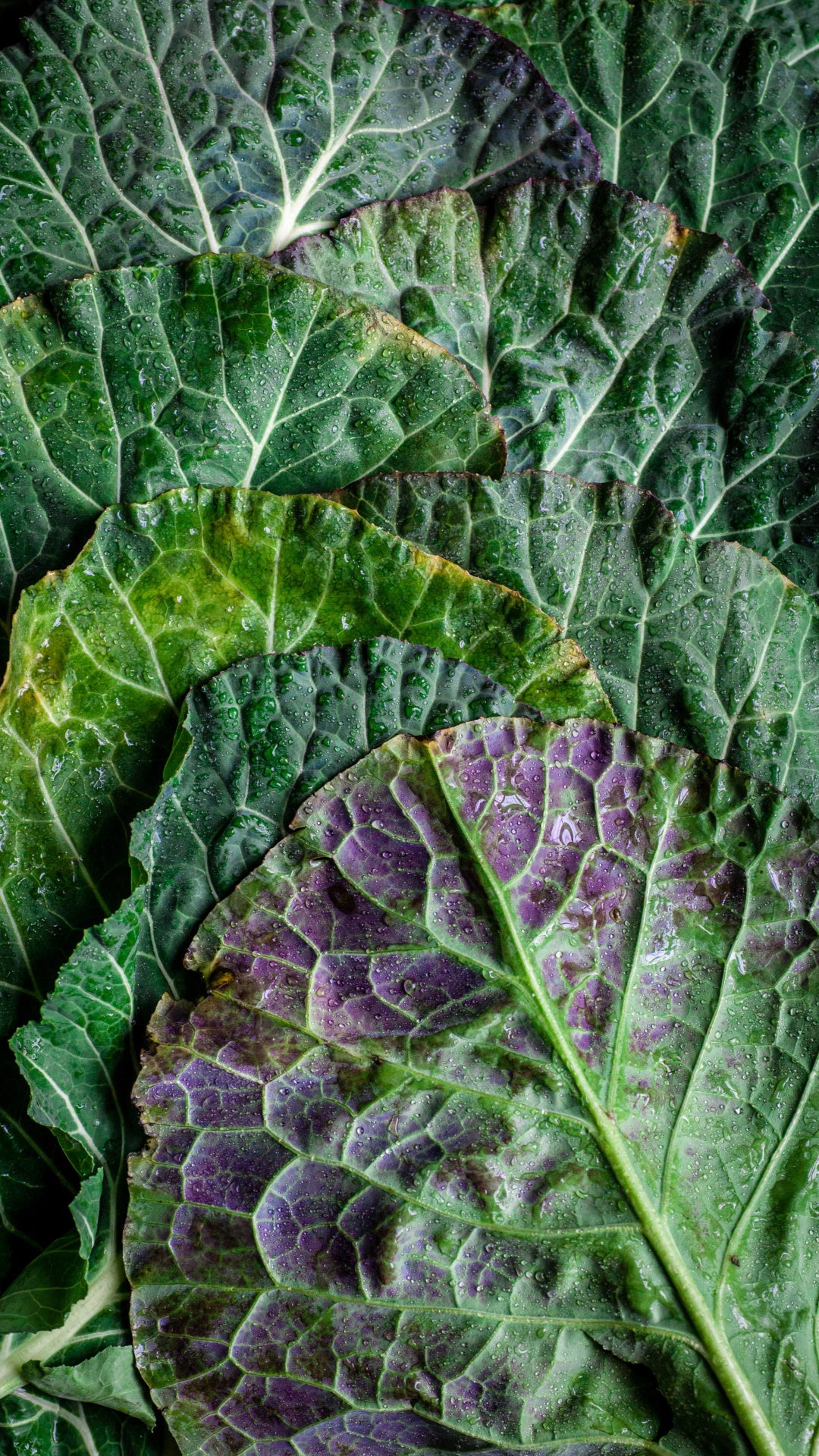
30 Days to Change Your Diet Sustainably: Step 1 - Vegetables, Berries & Fruit
Let’s start with the basics: It can be much easier to keep your calorie intake at a healthy level without compromising satiety or nutritional value if you incorporate vegetables, fruits and berries into your meals. Fruits, and especially vegetables, have a low-calorie density vs. volume compared to the nutrient content, providing you with an alphabet of important vitamins, as well as crucial minerals such as magnesium and potassium at a low-calorie cost.
And if we want to dive deep, let’s talk about phytochemicals. Phytochemicals are chemical compounds found in plants, that help them thrive and fend of pathogens. We’re only beginning to understand what the compounds do for human health, but so far studies have shown benefits linked to diverse groups of phytochemicals found in a vast variety of fruits and vegetables, for example:
- Terpenes in cherries and citrus fruits
- Isothiocyanates (sulforaphane) in cruciferous vegetables such as broccoli, cabbage, and kale
- Flavonoids in berries, apples, citrus, onions, and soybeans
These listed phytocompounds are some of the most well studied. Research is indicating that high intakes of vegetables, fruits and berries containing phytocompounds may be linked to a reduced risk in developing certain morbidities such as cardiovascular disease, inflammation-related diseases and certain types of cancer.
Studies also show that for every serving (equal to 100 gr) less than the recommended 6 servings or 600 grams of vegetables, berries and fruits, the mortality risk from diseases, highly influenced by diet (cardiovascular disease, type II diabetes and certain types of cancers) increases by 10%.
If you aim for a daily intake of 600g-1kg a day and make sure to choose a variety of different coloured vegetables, fruits, legumes, nuts and seeds, you should be set to reap considerable health benefits, while enjoying all the wonderful taste and textures fruits and greens have to offer.
So how do I eat produce sustainably?
By buying your vegetables, berries, and fruit locally, you will avoid imported goods that have been transported from the other side of the world to get to your kitchen counter. The produce is often picked before it is ripe and will ripen during transport. Buying it fresh from a local farmer means you’ll get produce that’s picked when it’s ripe, which in some cases means it’ll have richer vitamins and mineral content.
Buying seasonal produce ensures that fewer resources are used to farm as the harvest naturally thrives in the weather conditions, and when it comes to packaging, it’s better to avoid packaging altogether and buy from local markets and bulk stores. The next best solution is to avoid plastic packaging.
Generally speaking, there are massive improvements to make just by buying local, seasonal, and packaging-free produce, but because of the complexity of the topic, there are some exceptions to the rule.
Sometimes food items are packaged to give the produce longer shelf life and that can minimize food waste, and sometimes imported produce has a lower carbon footprint since it is not grown in local greenhouses that are energy-consuming.
One rule of thumb that is indubitable is to avoid food waste from households. Roughly one-third of all food produced for human consumption gets wasted every year. Between 95-115 kg gets wasted by each consumer a year in Europe and Northern America. One-third of all foods are wasted and the majority of it comes from households. By reducing your food waste, you will not only benefit the planetary health, your personal health but also your wallet. Here are some tips to keep your produce fresh and make sure it ends up in your meals, and not in the trash:
- Use the ‘First in - First out’ rule, where you make sure to eat the oldest foods first. Keeping your refrigerator organized and clutter-free in see-through glasses containers with labels can help you gain a quick overview of the food that needs to be eaten.
- Utilize your freezer. All vegetables, fruits, berries, bread, nuts and seeds can be frozen down. Make sure to freeze leftovers down in portion sizes, so you can reheat it for a quick dinner later on. Cut out vegetables and fruit before freezing it down. You can also freeze fresh herbs into ice cubes, that you can add to dishes. When you have frozen down vegetables you can add it in stews and soups. Fruits can go into a smoothie. Bread can easily be toasted. Giving your produce a longer life from storing it the right way is a great way to avoid food waste.
- Store fruits like bananas, apples, pears, and citrus fruits in a bowl on the kitchen counter not in the fridge.
- Keep carrots and fresh herbs crunchy in a glass of water in the fridge.
Working on adding more fruits and vegetables to your diet in a sustainable way is a worthwhile goal, but there is no need to insist on perfection. If we all take baby steps to learn how we like to cook vegetables and get to know how we’d like to incorporate them into our diet while keeping sustainable produce habits in mind, we’ll be well on our way to doing something good for the planet, and for ourselves.
Takeaways:
- 6 servings or 600 grams of vegetables, berries, and fruits
- Aim for a variety of different coloured vegetables, berries, and fruits
- Buy your produce locally
- Buy seasonal produce
- Minimize packaging
- Minimize food waste in your household
